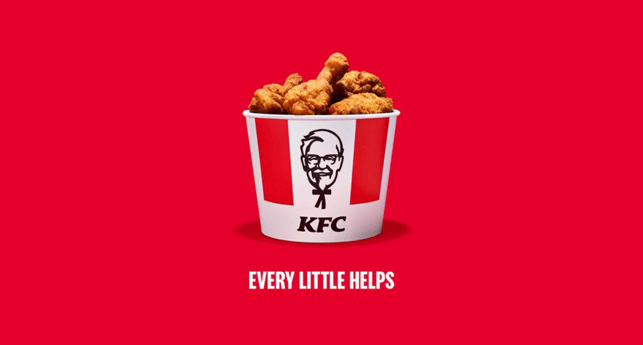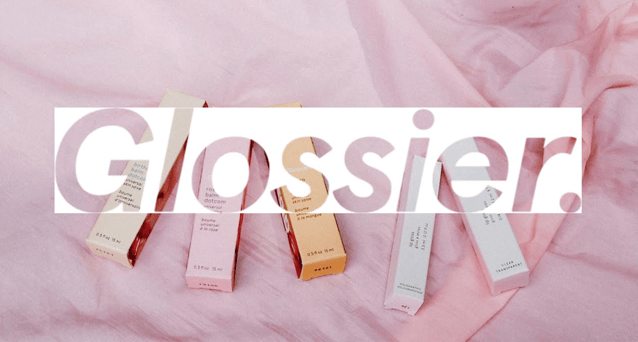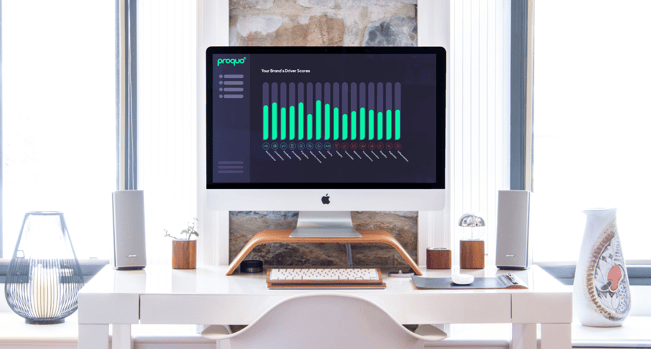Posted on April 17, 2021
Updated on March 13, 2023
4 min read time

Who would turn down the chance of being well liked?
Popular brands share a special relationship with their consumers, finding it easier to create brand loyalty and grow their user base. This is because they tend to have a higher volume of referrals and more word-of-mouth traffic, which in turn, drives sales.
At ProQuo, we understand how to nurture a brand’s Popularity. It’s one of our 16 Drivers of Relationships, the 16 factors that are proven to determine a brand’s relationship with its consumers. Popularity is all about the ‘buzz’ around your brand. How many people are speaking about you? How high is your brand awareness? These are both good indicators to see whether people feel your brand is universally loved.
But creating a popular brand is difficult at the best of times, and even more so when you’re a smaller business. So, why not use our tried and tested popularity formula to establish your own cult following? All you’ll need is a well-defined target audience to help you establish which actions to take to increase your Popularity.
How to grow your brand's Popularity
To increase your Popularity, you should focus on your audience.
Here are some actions you can take to improve your Popularity with your audience:
When going for mass brand awareness, a focused and overly segmented audience is not the best choice. If you want to become popular and attract as many people as possible, you’ll need to appeal to the masses. Instead of breaking up your audience, try to increase your reach by going broad. This can be costly, as mass appeal requires a large-scale marketing approach, typically executed through big budget measures, like OOH, TV and print. So, to reduce costs, create a singular message and positioning and replicate these across all channels.
Look at Coca Cola, their brand and core product are universally acclaimed but their messaging is consistent across all markets. By keeping their target audience broad, they’ve successfully increased their appeal, and their popularity continues to grow, each day.
Another method you can explore to increase your Popularity is influencer-marketing. Do you have a dedicated group of followers? You’ll need a loyal section of your target audience, that’s vocal, and willing to speak positively about your brand. Ambassadors and influencer-marketing is key to growing your brand’s popularity. In this case, segmenting helps. Look at your target audience and gain an understanding of where they consume media. Think about their interests, the type of content that resonates with them and what they care about. This will help you to decide on the types of partnerships that will create the most buzz around your brand.
Even with a small budget, it’s possible to find micro-influencers who will have a big impact on your target audience. Endorsements will go a long way, especially if they’re relevant and tailored to your audience.
Brands could also focus on cultural movements to grow their reach. The key here is to be selective about the movement you pick. If it's closely linked with your brand and its goals, you’re golden. But nothing ruins a brand’s authenticity faster than a cause that’s unrelated to a brand's purpose, or one that’s irrelevant to the audience it's trying to target.
The movement you decide on could be as simple as a specific meme, or as obvious as a widespread cultural event, like the Super bowl. Try segmenting your audience to ensure the movement you pick is as closely related to your target audience as possible. After you pick a movement, make sure whatever you’re planning on doing with it adds value to the consumer. Don’t just say, do. Add to the conversation, or find a new spin or direction to take, to make it interesting for your audience.
Brands doing it well
A brand that’s excelling in this space is KFC. They caused a stir earlier this month, disrupting the status quo and growing their Popularity by acting in an unexpected way. They decided to change their company logo because their slogan, ‘Finger lickin’ good’ had become inappropriate and unrelatable in an age where customers were socially distancing and doing their best to avoid germs. Because of this, they developed a bold new campaign, borrowing slogans from other well-known brands for 48 hours. We'd say it worked pretty well, as it got people talking about the brand, which is crucial when trying to build popularity.

An example of a brand that’s boosted its Popularity through audience segmentation is Glossier. Glossier went in with a more targeted approach, creating buzz and momentum around their brand through a strong understanding of their audience’s needs and wants. As their brand was predominantly bought by younger women, they made all of their content Instagrammable, capitalized on the upcoming trend of ‘natural’ beauty, and focused on improving social strategies and influencer campaigns.

How to judge the success of your strategies
You can use social metrics to understand how successful your campaigns are in changing how people feel about your brand. Has there been more engagement online since launching your campaign? Popular brands are spoken about more. So, look at the number of impressions, likes, follower count, stats on your influencers’ posts, and people who aren’t influencers but are talking about you online. This will help you to understand how your popularity is growing over time.
For a more in-depth analysis, you can also use the ProQuo platform to gauge the success of your strategies.
Consider:

Keep a beady eye on your Popularity score in the platform. If your strategy is successful, you should expect to see it rise.
Comparison is your best friend here. Monitor your Popularity score before, during, and after any influencer campaigns. This will help you to see if your influencers are working for you, and ultimately will decide if you choose to scrap them, or adjust your tactics, shift your channels, influencers or target audience selection.
The Conversations feature within the ProQuo platform can help you to gauge what people are saying about you. Look to see if you’re attracting new audiences, and how people are talking about your brand. Are they excited, is there hype around your brand?
You can also import your social metrics into the ProQuo platform to see how these align with your Driver Scores, for a closer understanding of your progress.
If you’re looking to find out more about boosting Popularity and building a brand people love, check out our guide.
Our intelligent platform will take your brand further, faster.
Don’t believe us?
© 2020-2023 ProQuo AI International
All rights reservedWebsite by Blend